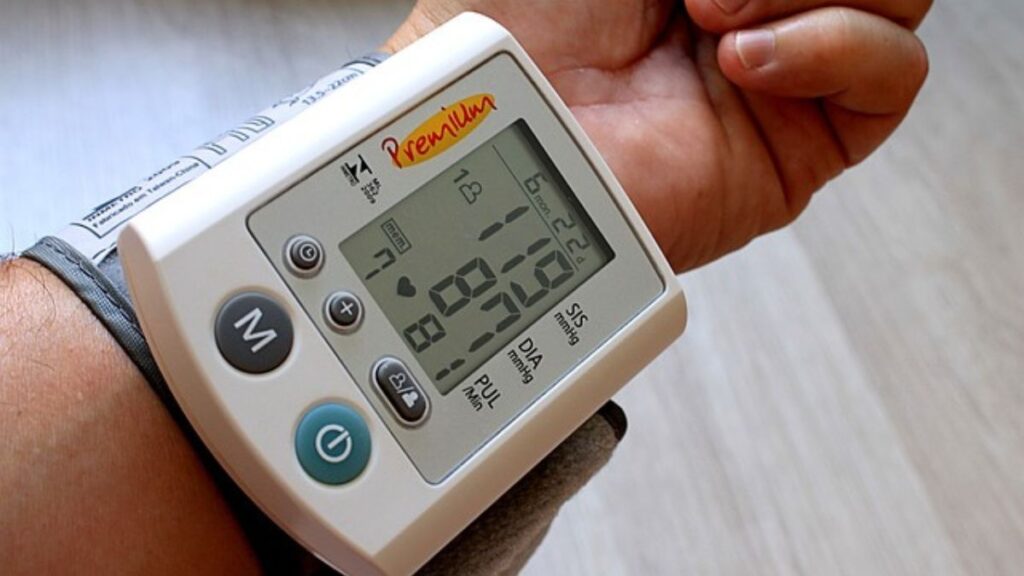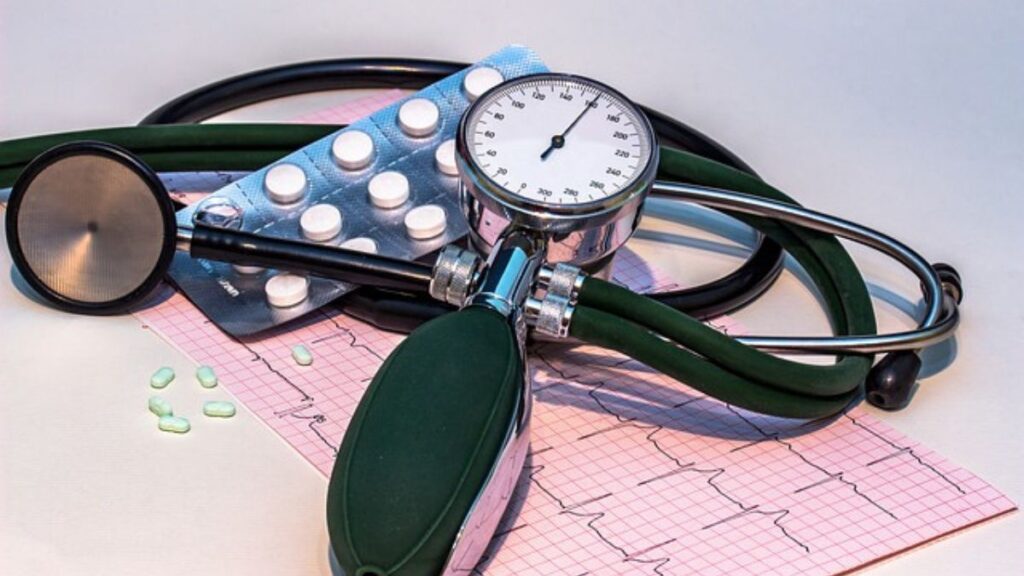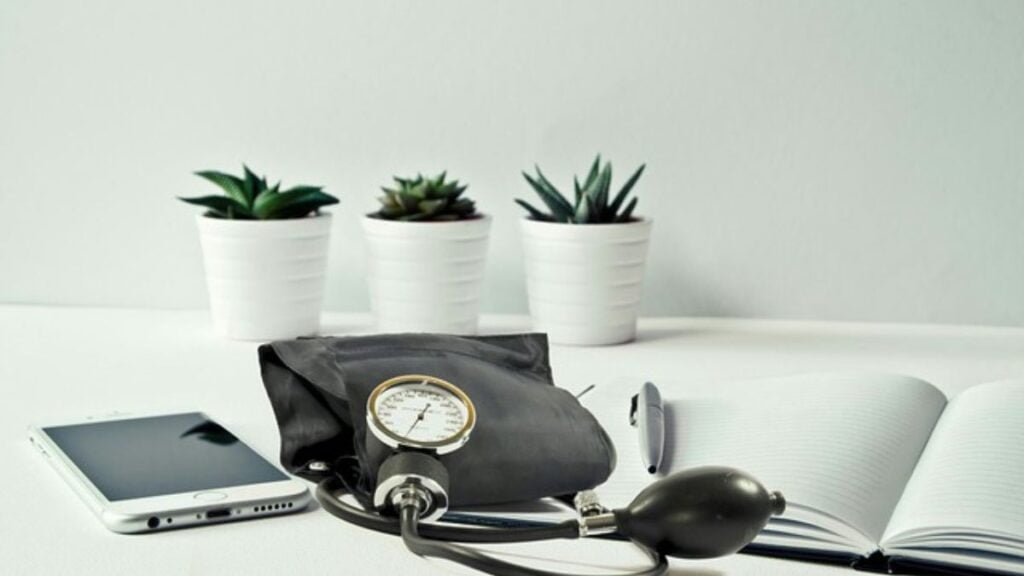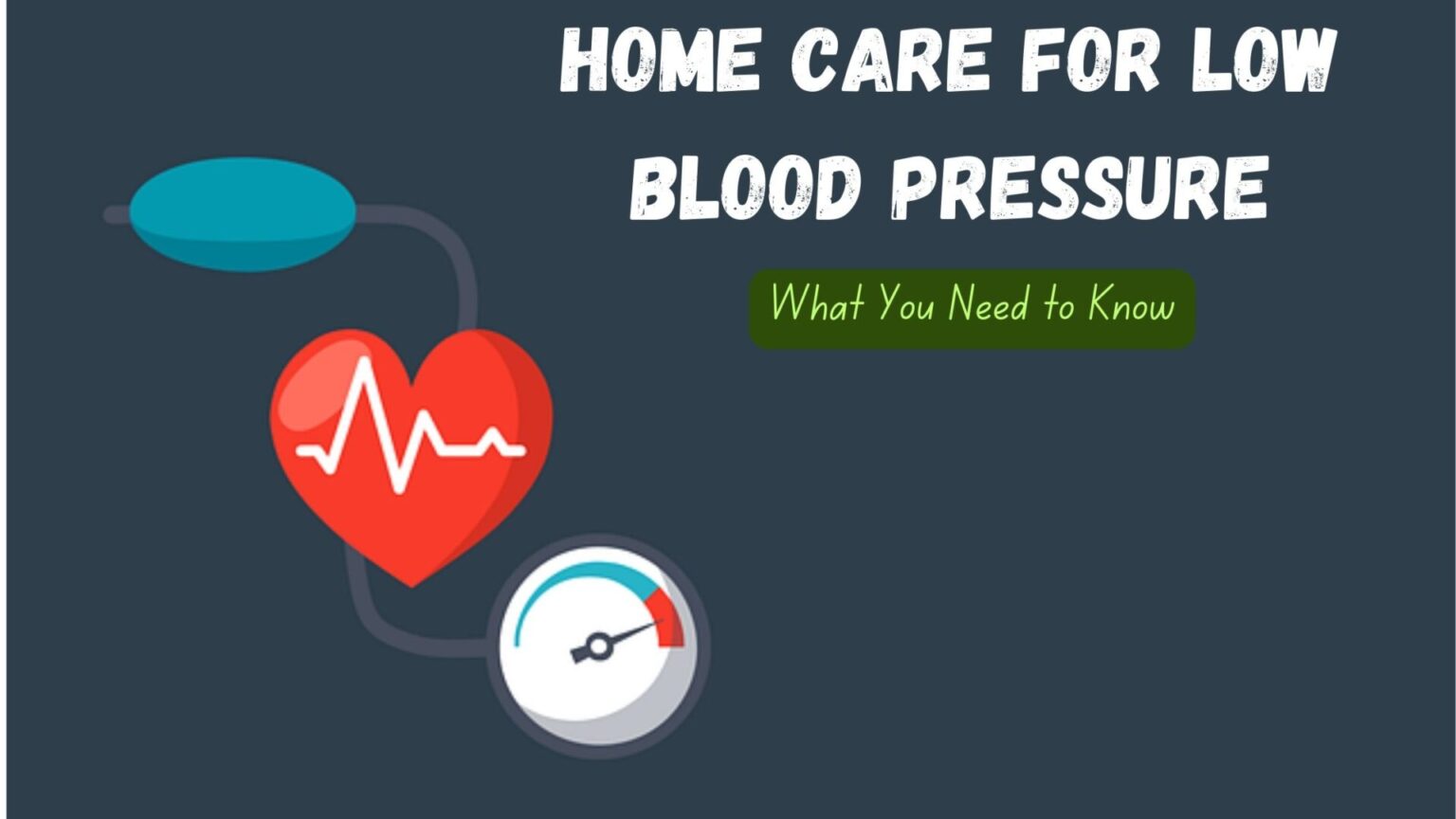Introduction:
Home Care for Low Blood Pressure: What You Need to Know

Low blood pressure, medically termed hypotension, can lead to dizziness, fainting, and even shock in severe cases. Although it receives less attention compared to high blood pressure, managing low blood pressure is equally crucial for maintaining overall health. Fortunately, several effective home care strategies can assist in managing and alleviating the symptoms of low blood pressure.
Understanding Low Blood Pressure
Blood pressure is measured in millimeters of mercury (mm Hg) and is recorded using two numbers: systolic pressure (the top number) and diastolic pressure (the bottom number). Low blood pressure is generally considered to be anything below 90/60 mm Hg.
Common Symptoms of Low Blood Pressure
Symptoms of Anemia
* Dizziness or lightheadedness
* Fainting
* Blurred vision
* Nausea
* Fatigue
* Difficulty concentrating
Causes of Low Blood Pressure
Factors contributing to low blood pressure:
– Dehydration: Insufficient fluid intake can reduce blood volume.
– Nutritional deficiencies: Lack of essential vitamins, particularly B12 and folate, can impact blood pressure.
– Heart problems: Certain heart conditions may lead to low blood pressure.
– Endocrine problems: Disorders like adrenal insufficiency can cause hypotension.
– Blood loss: Significant blood loss from trauma or internal bleeding decreases blood volume.
– Severe infection (septicemia): Can cause a sudden drop in blood pressure.
– Allergic reactions: Severe reactions can result in a significant decrease in blood pressure.
Home Care for Low Blood Pressure
Here are some effective home remedies to help manage low blood pressure:

●Increase Salt Intake
Low Blood Pressure Management
In contrast to high blood pressure, individuals with low blood pressure may benefit from slightly increasing their salt intake. However, consult your doctor before making any dietary changes.
1. Stay Hydrated
Drink an adequate amount of fluids, especially water, to increase blood volume and prevent dehydration. Herbal teas and coconut water are also good options.
2. Eat Small, Frequent Meals
Consuming large meals can cause a sudden drop in blood pressure. Opt for smaller, more frequent meals to maintain stable blood pressure levels.
3. Wear Compression Stockings
Wearing compression stockings can help reduce blood pooling in your legs and alleviate symptoms of orthostatic hypotension, a form of low blood pressure that occurs when transitioning from a sitting or lying position to standing.
4. Avoid Alcohol
Alcohol consumption can further lower blood pressure, so it’s advisable to avoid it if you are prone to low blood pressure.
Blood Pressure Management: Home Remedies and When to Seek Medical Attention
1. Consume a Balanced Diet:
– Ensure your diet includes a variety of nutrients, especially those rich in B12 and folate.
– Foods like eggs, lean meats, and leafy greens are particularly beneficial for blood pressure regulation.
2. Regular Blood Pressure Monitoring:
– Keep track of your blood pressure at home to understand how your body responds to different activities and foods.
– This will help you make informed adjustments to your lifestyle.
3. Practice Slow, Deep Breathing:
– Techniques like yoga and meditation can improve blood flow and stabilize blood pressure.
– Incorporate these practices into your routine for better blood pressure management.
4. Raise the Head of Your Bed:
– Elevating your head while sleeping can counteract the effects of gravity on your blood pressure when you wake up.
– This simple adjustment can help improve your blood pressure in the morning.
When to Seek Medical Attention:
While home remedies can be effective, it’s crucial to seek medical attention if you experience severe symptoms or if your low blood pressure is causing significant problems.
Persistent hypotension (low blood pressure) can indicate an underlying health condition that requires medical treatment. Don’t hesitate to consult a healthcare professional if you have concerns about your blood pressure.
What foods help increase blood pressure?
**Certain foods can help increase blood pressure, especially if you are experiencing low blood pressure. Here are some foods and dietary tips that may help:
Salt-Rich Foods:
– Pickles
– Olives
– Canned soups and broths
Caffeinated Beverages:
– Coffee
– Tea
– Caffeinated sodas
Foods Rich in Vitamin B12:
– Eggs
– Fortified cereals
– Meat (especially red meat)
– Fish
Foods High in Foliate:
– Leafy greens (spinach, kale)
– Broccoli
– Legumes (beans, lentils)
– Citrus fruits
Iron-Rich Foods (if low blood pressure is due to anemia):
– Red meat
– Beans and lentils
Foods that may affect blood pressure
Salt-rich foods
Increasing salt intake can raise blood pressure.
Some examples of salt-rich foods include:
* Pickles
* Olives
* Canned soups and broths
* Salted nuts
Caffeinated beverages
* Caffeine can temporarily increase blood pressure.
* Some sources of caffeine include:
* Coffee
* Tea
* Caffeinated sodas
Foods rich in vitamin B12
* Vitamin B12 is essential for blood production and circulation.
* Some foods rich in vitamin B12 include:
* Eggs
* Fortified cereals
* Meat (especially red meat)
* Fish
Foods high in folate
* Folate is important for maintaining healthy blood cells and preventing anemia.
* Some foods high in folate include:
* Leafy greens (spinach, kale)
* Broccoli
* Legumes (beans, lentils)
* Citrus fruits
Iron-rich foods
* Iron is crucial if low blood pressure is due to anemia.
* Some iron-rich foods include:
* Red meat
* Beans and lentils
* Tofu
* Dark leafy greens
* Fortified cereals
Hydrating foods
* Staying hydrated is key to maintaining blood pressure, so consume foods with a high water content.
* Some hydrating foods include:
* Fruits (watermelon, oranges)
* Vegetables (cucumbers, celery)
Small, frequent meals
* Eating smaller, more frequent meals can prevent blood pressure from dropping too low after large meals.
Consult a healthcare provider
* Before making significant changes to your diet or if you have underlying health conditions, it’s important to consult with a healthcare provider.
Are there specific exercises that help with low blood pressure?

Certain exercises can help improve low blood pressure by increasing circulation and enhancing cardiovascular health. Here are some specific exercises that may be beneficial:
1. Aerobic exercises: These exercises increase heart rate and improve blood flow. Examples include walking, jogging, swimming, and cycling. Start slowly and gradually increase the intensity and duration of your workouts over time.
2. Resistance training: This type of exercise helps build muscle mass, which can increase blood pressure. Examples include lifting weights, doing push-ups, and doing sit-ups. Start with a light weight and gradually increase the weight as you get stronger.
3. Yoga: Yoga combines physical postures, breathing exercises, and meditation. It can help improve circulation, reduce stress, and lower blood pressure. Try different yoga poses and find the ones that work best for you.
4. Pilates: Pilates is a form of exercise that focuses on core strength and flexibility. It can help improve posture, reduce stress, and lower blood pressure. Try different Pilates exercises and find the ones that work best for you.
5. Tai Chi: Tai Chi is a gentle form of exercise that combines meditation, breathing exercises, and slow, flowing movements. It can help improve balance, reduce stress, and lower blood pressure. Try different tai chi moves and find the ones that work best for you.
Tips for Exercising with Low Blood Pressure
Warm-Up and Cool-Down:
– Always begin with a gentle warm-up to gradually increase your heart rate.
– End with a cool-down period to gradually decrease your heart rate.
Stay Hydrated:
– Drink plenty of fluids before, during, and after exercise to prevent dehydration.
Avoid Sudden Changes in Position:
– Move slowly and smoothly when changing positions to avoid dizziness or fainting.
Listen to Your Body:
– Pay attention to how you feel during exercise. If you experience dizziness, lightheadedness, or fainting, stop immediately and rest.
Wear Compression Stockings:
– These can help improve circulation during and after exercise.
Consult a Healthcare Provider:
– Before starting any new exercise regimen, consult with your healthcare provider, especially if you have any underlying health conditions.
Incorporating these exercises into your routine can help manage low blood pressure and improve overall cardiovascular health.
Conclusion
Managing low blood pressure at home involves dietary changes, lifestyle adjustments, and regular monitoring. Understand the causes and symptoms of low blood pressure and take steps to maintain a healthy blood pressure level. Always consult your doctor before making significant changes to your health routine.
Remember, what works for one person may not work for another. Find the right balance that works for you. Stay informed, hydrated, and healthy to keep low blood pressure at bay.
FAQs
1. What is considered low blood pressure?
Low blood pressure, or hypotension, is generally considered to be a reading below 90/60 mm Hg.
2. What are the symptoms of low blood pressure?
Common symptoms include dizziness, fainting, blurred vision, nausea, fatigue, and lack of concentration.
3. Can low blood pressure be dangerous?
Yes, severe hypotension can lead to shock and can be life-threatening if not properly managed.
4. How can I increase my blood pressure at home?
Increasing salt intake, staying hydrated, eating small and frequent meals, and wearing compression stockings can help raise blood pressure. Always consult your doctor before making dietary changes.
5. Are there any dietary recommendations for managing low blood pressure?
Yes, consuming a balanced diet rich in B12 and folate is important. Foods like eggs, lean meats, and leafy greens are beneficial.
References
- American Heart Association – Understanding Blood Pressure Readings
- Mayo Clinic – Low Blood Pressure (Hypotension)
- National Heart, Lung, and Blood Institute – How Is Hypotension Treated?
- WebMD – Low Blood Pressure: Symptoms, Causes, and Treatment
- Healthline – Home Remedies for Low Blood Pressure






